Shops and businesses of Northcote
The first known shop in Northcote was an ironmongers operating from a tent and started by William Shade in 1848. The next year the Bastings brothers, Edwin, William and Horace built a substantial two storey bluestone general store in High Street.
Most early records of Northcote no longer exist but the Argus newspaper in the early 1850s mentions several American and English pioneer stores in Northcote. Pioneer stores was the common name for general stores, selling a wide variety of products from groceries to hay and farming implements.
By the 1860s a number of shops had begun to spring up. There was a boot maker, three carpenters, two butchers, a barbers shop, a chemist, a saddler and a blacksmith. These shops were scattered along High Street with a small concentration near the intersection of High Street and Bastings Street.
Over the next twenty years the shop frontage along High Street had begun to fill up. There were now numerous grocers and butchers, milliners, blacksmiths, gardeners and saddlers. Equally there were a number of industries establishing themselves along High Street as well and in 1884 Northcote also had dairies and tanneries scattered amongst the shops.
A street network was also beginning to develop and shops moved into these streets as well, thus we find a biscuit manufacturer, Joseph Walker in Bay Street, and Albert Cramer, watchmaker, in Separation Street.
Another twenty years later and there is little unoccupied frontage left on High Street. There were the usual butchers, boot makers and carpenters, but they were now joined by real estate agents, pawn shops, a Chinese laundry, banks, and an American carriage works.
Over the next twenty years most of the manufacturing and farming businesses moved off High Street and into the side streets. In 1927 there were over five hundred shops lining High Street, stretching in an almost unbroken line up the length of the suburb.
A year previously the Northcote Traders Association had been formed to help preserve their trade from lure of Smith Street. However a greater threat appeared in the form of the Great Depression. Hardly had the shopping strip recovered from that than the Second World War began and the shopkeepers had to struggle to find goods for their shelves.
Things picked up after the war but the development of Preston’s shopping precinct was another threat. The Traders Association organised fetes and activities in High Street to encourage trade but even as early as 1957 people were beginning to predict the decline and demise of High Street shopping.
The opening of Northland Shopping Centre in Preston marked a strong movement from strip shopping to shopping centres and by the 1980s High Street Northcote was looking very tired and rundown. Around this time the Northcote Plaza opened on the site of the old Northcote brickworks. After over forty years of decline there are signs of change in High Street today. Many trendy shops and cafes are opening and life is beginning to return to Northcote’s shops.
Lemon, Andrew (1983). The Northcote Side of the River. North Melbourne: Hargreen.
Sands and McDougall’s Melbourne and Suburban Directory 1864- 1974. [Microfiche]. (1974). Melbourne, Australia: Sands & McDougall.
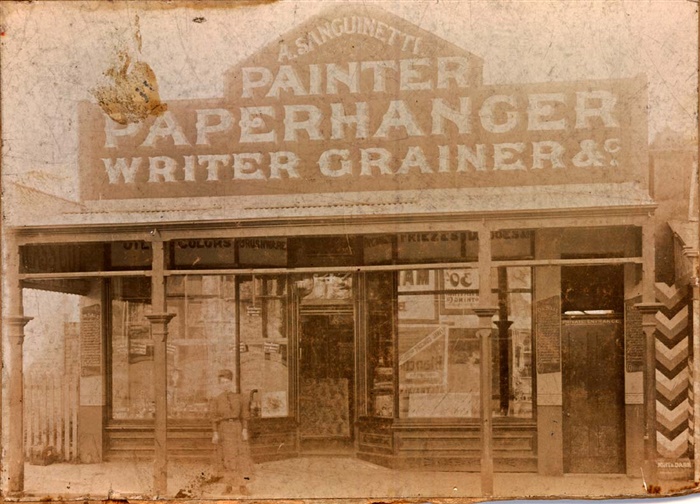
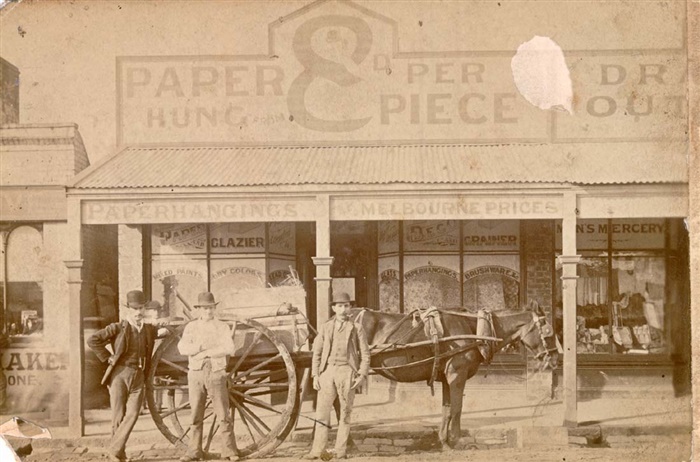
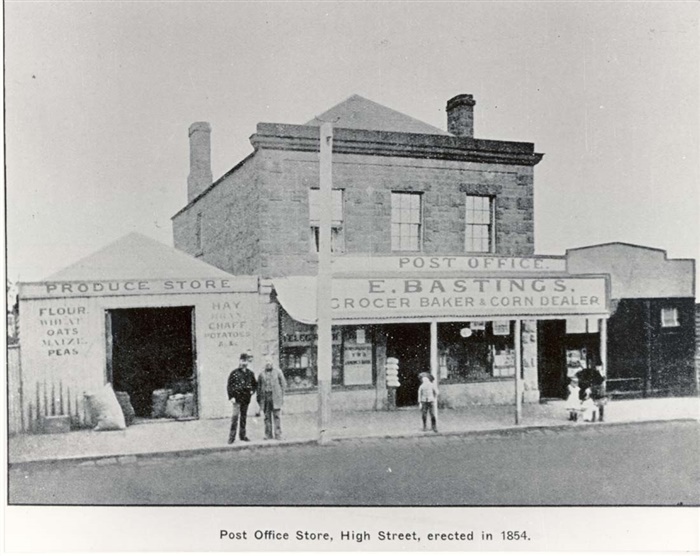
![Image of High Street looking south. Hairdressers shop to left. [LHRN665]](/-/media/Libraries/Images/Recommendations/Heritage/HeritageBackUpDump/PART-1/lhrn665jpg700x0.ashx)
![Image of High street looking towards Separation Street intersection. [LHRN1104]](/-/media/Libraries/Images/Recommendations/Heritage/HeritageBackUpDump/PART-2/lhrn1104jpg700x0.ashx)
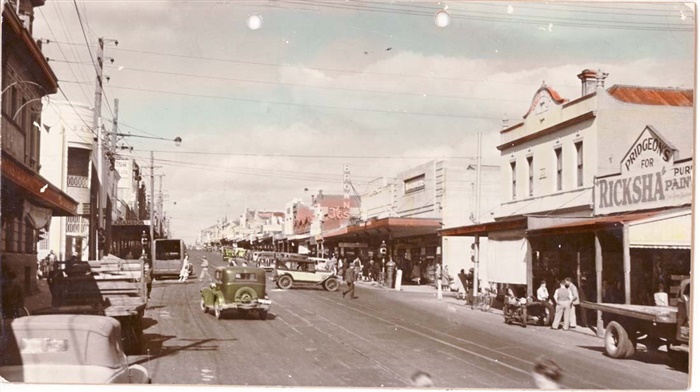
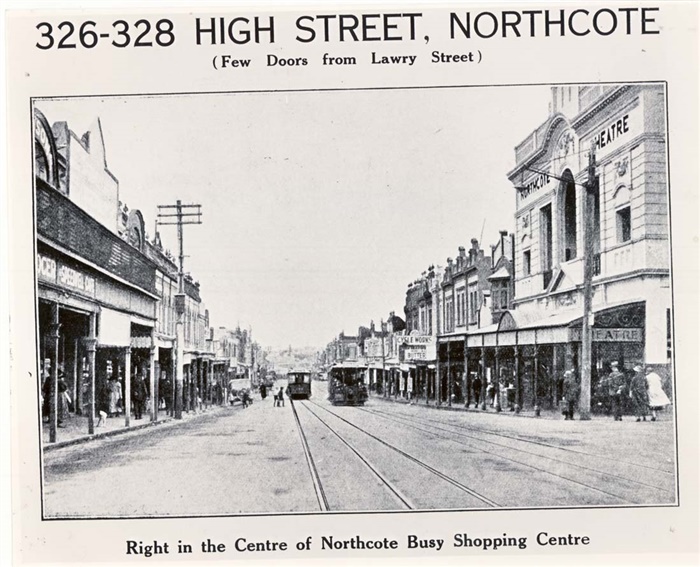
![Image of Looking southwest on High street Northcote. Commercial Hotel to right. [LHRN1107]](/-/media/Libraries/Images/Recommendations/Heritage/HeritageBackUpDump/PART-2/lhrn1107jpg700x0.ashx)
![Image of Chester's decorating store next to Northcote Town Hall. [LHRN1144]](/-/media/Libraries/Images/Recommendations/Heritage/HeritageBackUpDump/PART-2/lhrn1144jpg700x0.ashx)
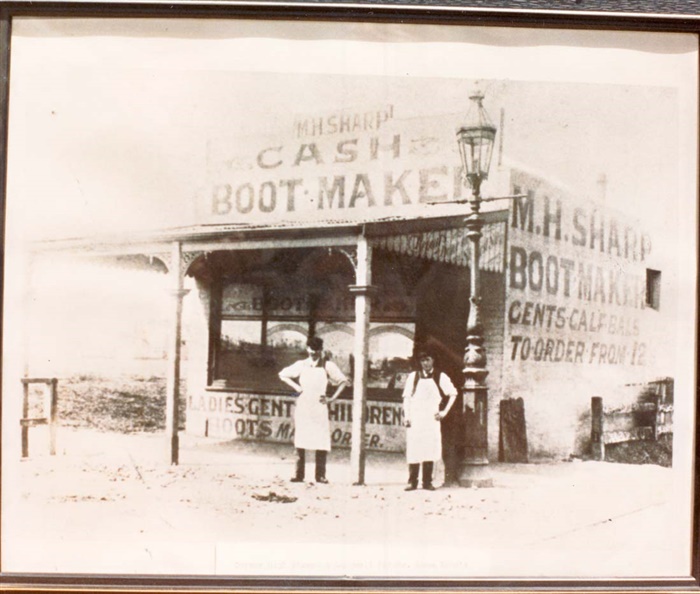
![Image of Grocers store - 38 Darebin Road. [LHRN1426]](/-/media/Libraries/Images/Recommendations/Heritage/HeritageBackUpDump/PART-2/lhrn1426jpg700x0.ashx)
![Image of Shewan's grocer store. Previously Bastings General Store. [LHRN1559]](/-/media/Libraries/Images/Recommendations/Heritage/HeritageBackUpDump/PART-3/lhrn1559jpg700x0.ashx)
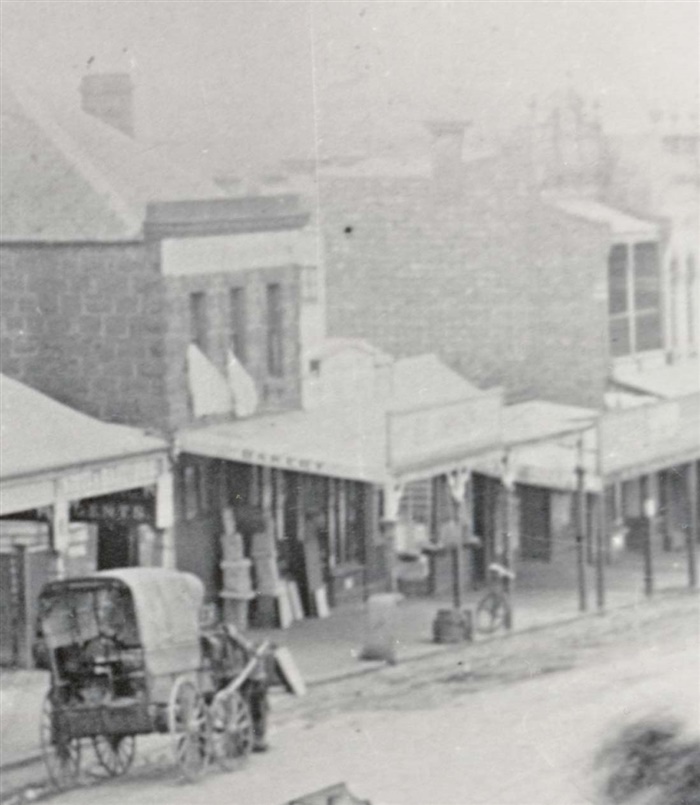
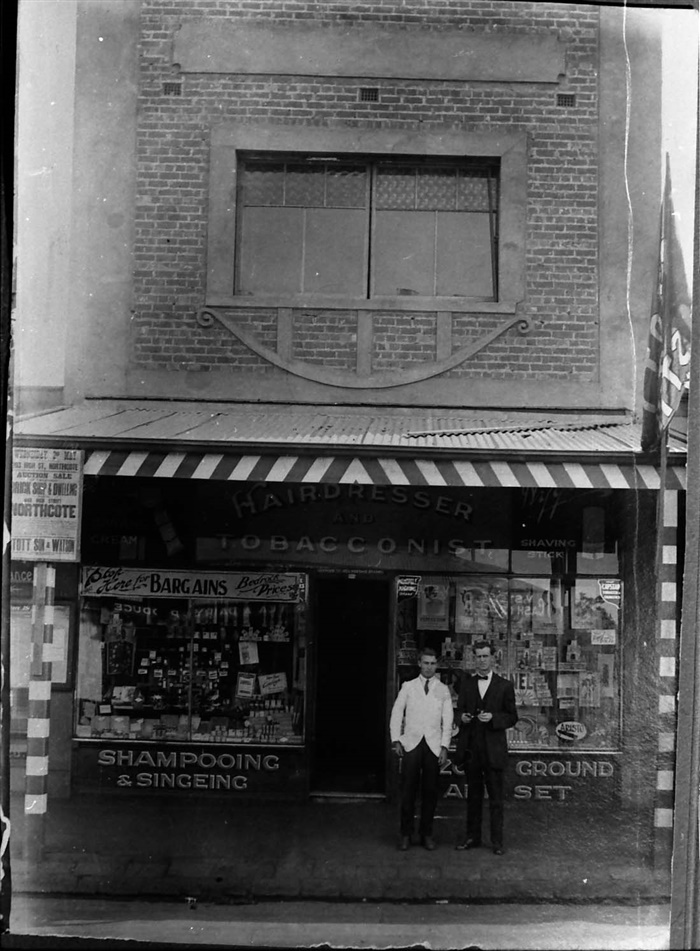
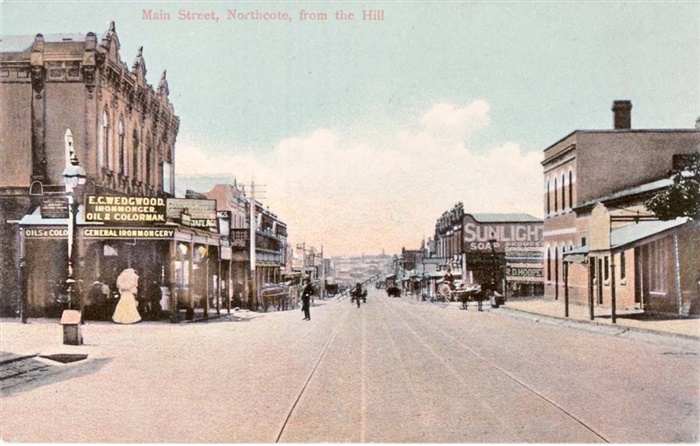
![Image of Shade's ironmongery - 358 High Street. [LHRN1427]](/-/media/Libraries/Images/Recommendations/Heritage/HeritageBackUpDump/PART-2/lhrn1427jpg700x0.ashx)
![Image of Real estate agent in Westgarth. [LHRN30]](/-/media/Libraries/Images/Recommendations/Heritage/HeritageBackUpDump/PART-1/lhrn30jpg700x0.ashx)